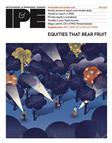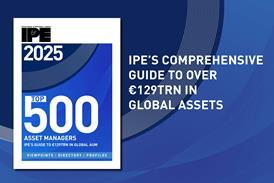Danish funds outgrow home market
Denmark’s pensions funds are growing so fast that they are keener than ever to look outside their own stock market for investment opportunities. But strict investment regulations keep them largely hemmed inside national borders.In 1995, Danish pension assets were estimated at around Dkr750bn ($115bn). By now, that is thought to ...
You have now reached your article limit
Already a registered user or member? Sign in here
To continue reading, register free today for access
Registration also includes access to

Five reasons to register today
- Access to IPE articles from our award-winning editorial team
- Unique IPE market data, rankings and tables
- In-depth interviews with pension fund leaders
- Extensive coverage of latest asset class trends
- Comprehensive archive of data, research and intelligence








